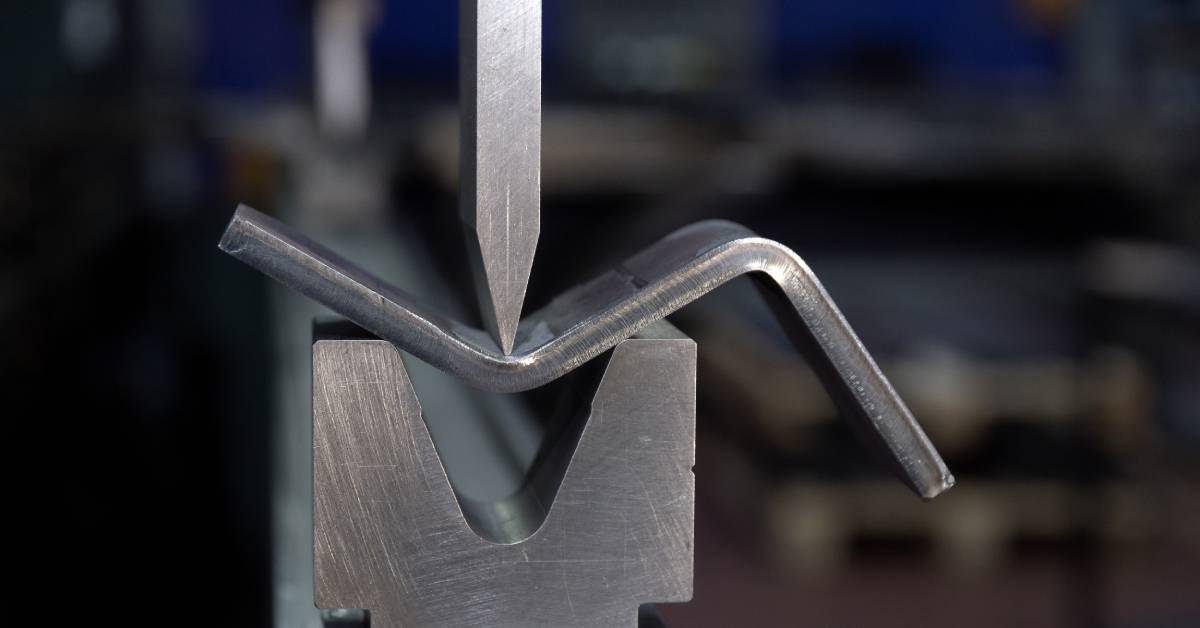A Quick Introduction To Press Brakes in Metalworking

Press brakes contribute a lot to precision and efficiency in metalworking. This quick introduction to press brakes in metalworking will explore their functions, types, key components, and benefits to help you fully understand their impactful role in the industry.
What Are Press Brakes?
Press brakes are machines that bend sheet metal into various shapes. Unlike simpler bending tools, press brakes allow for high precision and repeatability, ensuring each piece of metal meets exact specifications.
Press brakes use a combination of force and dedicated tooling to achieve precise bends, making them essential in automotive, construction, and aerospace industries.
Types of Press Brakes
There are three main types of press brakes:
- Hydraulic
- Mechanical
- Electric
Hydraulic press brakes offer high precision and are highly versatile, making them popular among metalworkers.
Mechanical press brakes, while slightly less precise, provide quick and powerful bends and are suitable for high-volume operations.
Electric press brakes, the latest innovation, combine the strengths of hydraulic and mechanical press brakes, offering high precision with energy efficiency.
Key Components of a Press Brake
The main press brake parts include these:
- Dies
- Ram
- Bed
- Back gauge
First up, dies are custom-shaped tools that determine the angle and shape of the bend, playing a critical role in the press brake’s functionality. There are many different types of dies for sheet metal fabrication, and press brakes require specific types.
Next, the ram holds the upper die and moves vertically to bend the metal.
The bed is the ram’s complementary component, holding the lower die and providing a sturdy platform.
Finally, the back gauge ensures the sheet metal is positioned correctly for precise bending.
Benefits of Using Press Brakes
There are many reasons metalworkers rely on press brakes to produce high-quality products. For one, press brakes provide high precision and versatility, allowing metalworkers to create complex shapes and angles with ease.
Press brakes also improve efficiency, reducing the time necessary for each bend and increasing overall productivity.
Furthermore, by employing advanced controls and automations, modern press brakes minimize material wastage and errors, ensuring consistent quality in every piece.
Did you learn something new from this quick introduction to press brakes in metalworking? These important machines have various roles, types, and components that all work together to provide superior results in metalworking.





